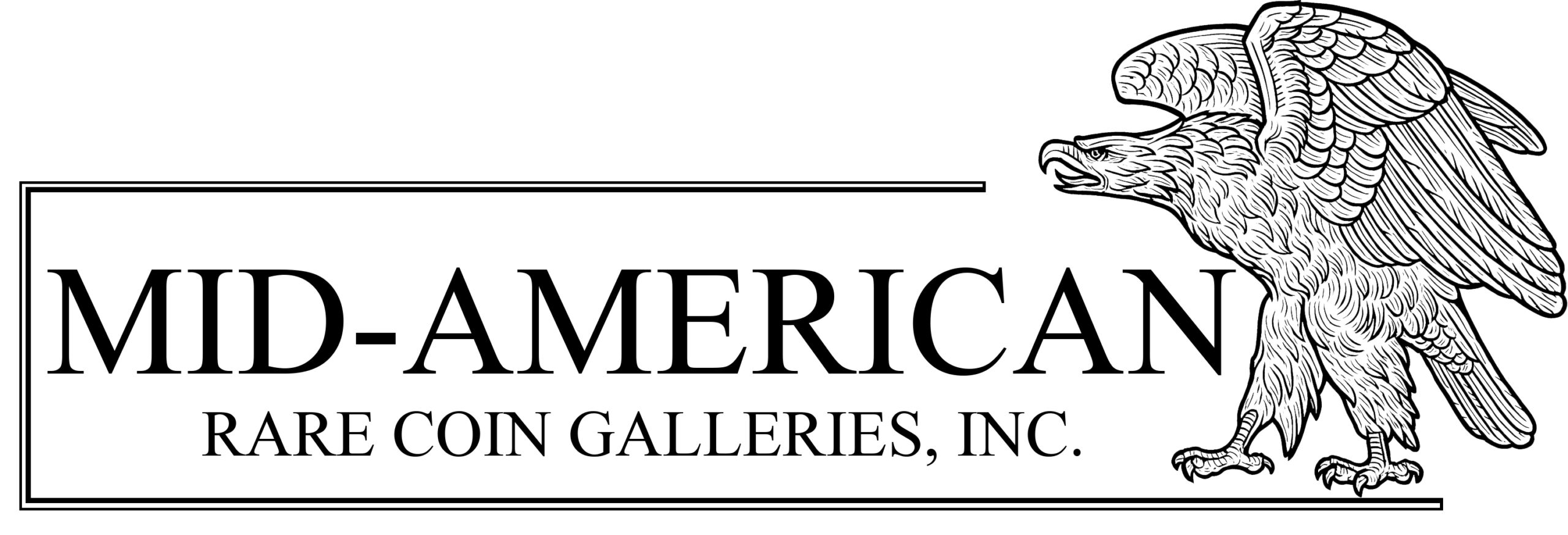Each year, my family tries to travel abroad to escape from our normal routine and spend some quality time together. I also feel it is important for my family to experience other cultures. Generally, the trips are intended for me to get away from the coin business and enjoy time with the family.
Years ago, a trip abroad provided a true escape, as no one could contact you unless it was an emergency. Today, it’s almost too easy to establish cell calls, texting, and email on your portable device. Guess I could have left the cell phone at home, but I would hate to miss that next big deal! I should have probably titled this article “Confessions of a Coin Junkie.”
Some trips are more adventurous than others. Trips to Europe are filled with visits to museums and historical landmarks. Most of the major cities have numismatic museums or significant exhibits in their state museums. I have enjoyed behind-the-scenes tours of many of them.
We also try to visit coin shops in the cities we have decided to visit. A Google search makes this quite easy and most dealers around the world are decidedly friendly and thrilled to share details of their business.
This year, our family chose a particularly adventurous family vacation, one that on the surface would not yield much in the way of numismatic intrigue. After some debate about where to go, the final vote resulted in a trip to Africa. Most of the family members had never been to the continent, and going on a safari checked all of the boxes for our annual trip abroad. My wife and I are also trying to accomplish some of the more physically challenging trips while we can. The two-to-three-hour hikes in the bush and 5 a.m. game drives do require stamina.
Africa is a big continent and there are numerous options for visits. With much deliberation, we chose South Africa, Zimbabwe, Zambia, and Botswana. Without going into too much detail, the above provided a great mix of seeing major cities and some of the most remote locations we have ever explored. The highlight of the trip, of course, is the safari game drives, where you pursue the opportunity to take photographs of the African “Big Five“. This includes elephants, lions, cape buffalo, rhinoceros, and leopards.
After a few days of game drives in the Sabi Sands region of South Africa, we had experienced encounters with all five of the above, some being very dramatic. Our first sighting of a leopard was one sitting in a tree with its freshly killed dinner. Seeing Africa is an experience of a lifetime that can be recommended for anyone adventurous enough to make the trip.
The numismatic portion of our trip was near the beginning. To get a head start on jetlag recovery, my wife Mary Lynn and I arrived in Johannesburg a few days before the arrival of our other family members. When making plans for our trip months ago, I reached out to NCS President and NGC Finalizer David Camire for advice on setting up a meeting with officials at the South African Mint.
David has extensive contacts with nearly every world mint, and his advice is sought after by them for his expertise on the minting process. He introduced me by email to Shane Kennedy, Sales Manager for Numismatic Products at the South African Mint. The South African Mint is in Pretoria, about a 45-minute drive from Johannesburg. We arranged for a guide that day to get us safely to the Mint and to see other parts of the region.
Johannesburg and Pretoria are basically merged, with development filling in land between the two cities. Pretoria is rich with historical landmarks, such as the former home of Paul Kruger, the ruler of South Africa during the late 1880s. He appears on many of the early coins of the nation.
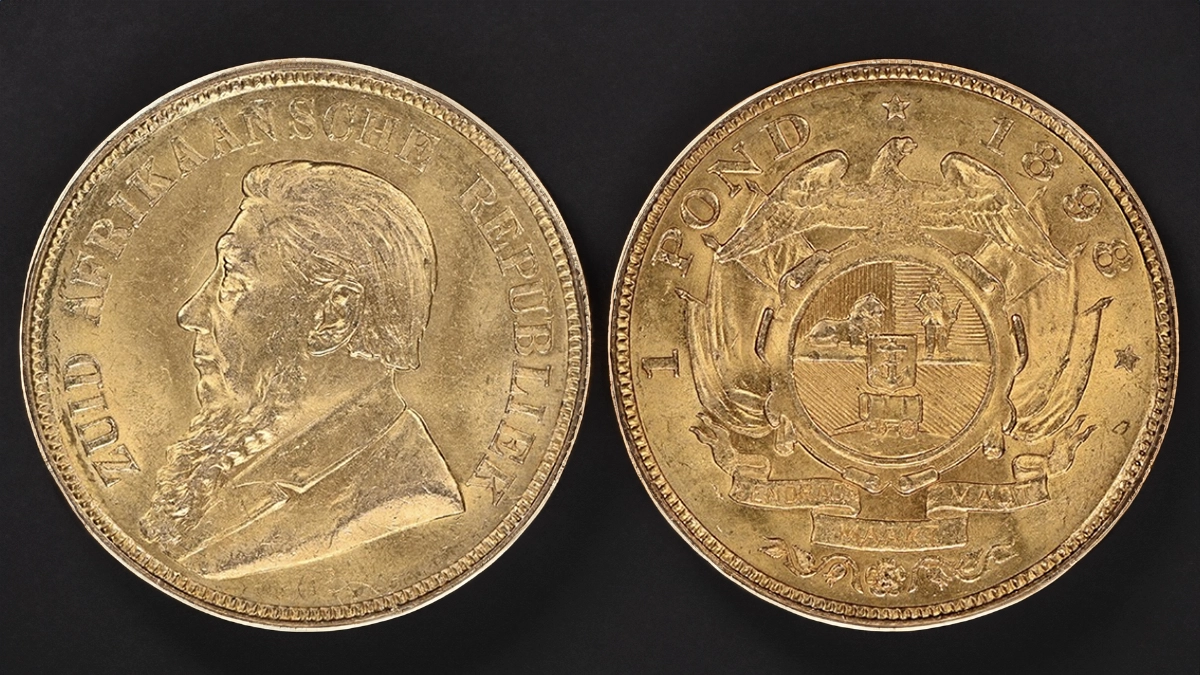
After being escorted through extensive security based on our invitation, we finally were greeted by Mr. Kennedy. We were warmly met and immediately discovered our mutual associations and customers. Shane had actually attended the ANA World’s Fair of Money in Rosemont, Illinois the previous month, but he had spent most of the convention in downtown Chicago with other world mint players.
We discussed the current state of the modern coin market and South Africa’s plans for its incredibly beautiful coinage. We both agreed that one of the biggest impediments to sales currently is the high spot price of gold. With gold standing above $2,500, many numismatic gold coins are now beyond the reach of average collectors. This is a problem mints around the world are facing, including the United States Mint.
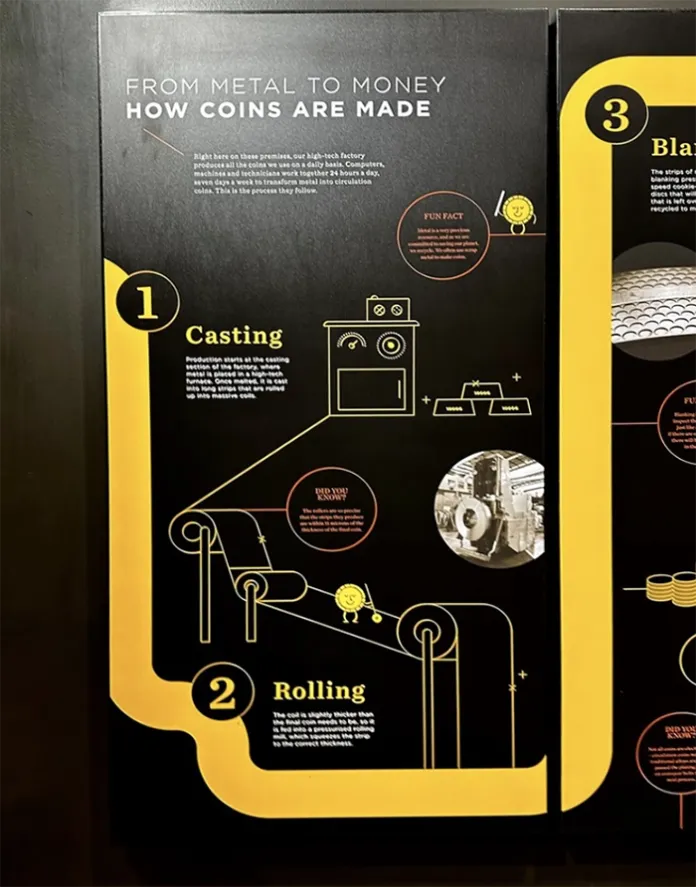
To my delight, the South African Mint maintains an interesting numismatic museum. The exhibit is very educational, with information about how coins are made and some incredible artifacts from the Mint’s origin.
For me, the most compelling exhibit was the original minting press that was used to strike the very first gold Krugerrands in the 1960s. I have sold thousands of this iconic bullion coin over my career, and seeing the press that had made them was nostalgic, to say the least.
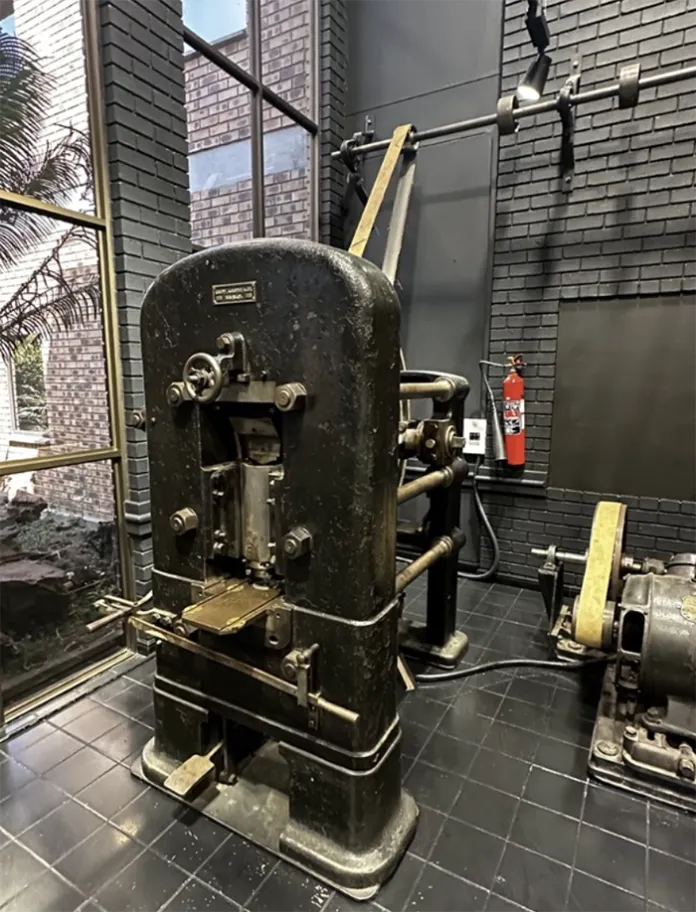
The minting press, dubbed the Oom Paul, was originally steam but later converted to electricity. The press had struck special coins for the 1947 visit of the British Royal family, the first decimal coins in 1961 and, of course, the first gold Krugerrands. For a special product for the company GovMint, the Oom Paul press was used one last time for a series of coins in the last few years. The coins were an immediate sellout from what has been reported.
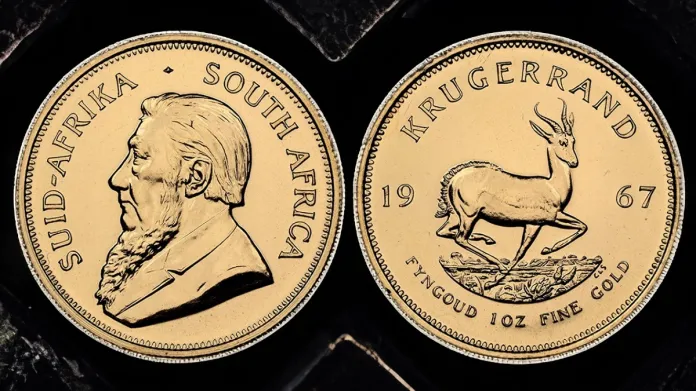
Another great exhibit featured a new series of coins started recently based on the African “Big Five” game animals found in South Africa. After seeing the real thing in the wild, you can be sure I will be adding a set of these to my collection. The coins are magnificent, with stunning packaging.
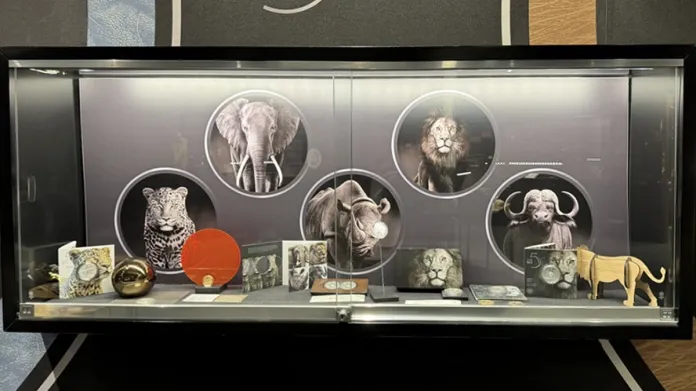
Another numismatic addition to my collection will be a set of the local South African currency. The five different notes also feature beautiful renditions of the “Big Five”, along with an image of the beloved leader Nelson Mandela.
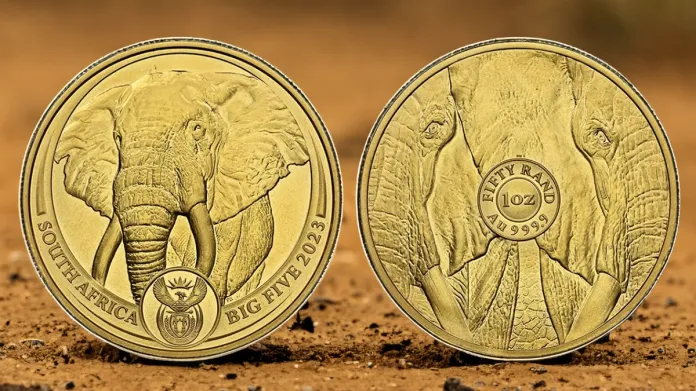
After spending almost two weeks in South Africa, we moved onto Zimbabwe and Zambia. The two countries share a border based on the great Zambezi River, which is where you can view the magnificent Victoria Falls. The waterfalls are simply breathtaking and should be on anyone’s bucket list of things to see.
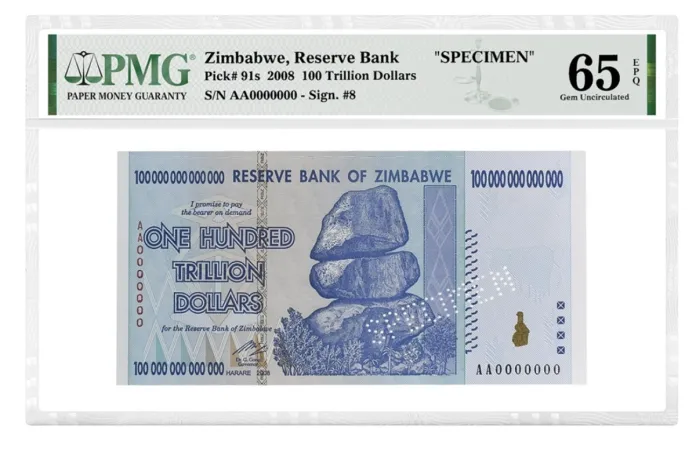
Zimbabwe provided my final numismatic point of interest. While touring the falls, you go past dozens and dozens of souvenir shops. Those manning the booths are among the most high-pressure salesmen we had ever encountered. Some of the mass market rare coin companies in the U.S. could learn a few things from these folks.
One of the more interesting items they offer are examples of the ultra-high-denomination Zimbabwe notes. These extreme examples of hyperinflation were produced in denominations of trillions of Zimbabwe dollars. The currency is now basically worthless and hawked as trinkets in the market for tourists.
One final note when traveling to Africa is that the U.S. Dollar is highly sought after and fully appreciated by almost everyone we encountered. Everything in Zimbabwe was priced in USD, which seems to be the de facto currency for the nation. If you visit Africa, bring along a good supply of $5, $10, and $20 bills.
Our family truly enjoyed our visit to the continent and we are now filled with memories that we can share together for years to come. I may be one of the ultimate “coin nerds” but if you love numismatics, you can find things of interest in almost any country you visit.
I can’t wait until next year!
